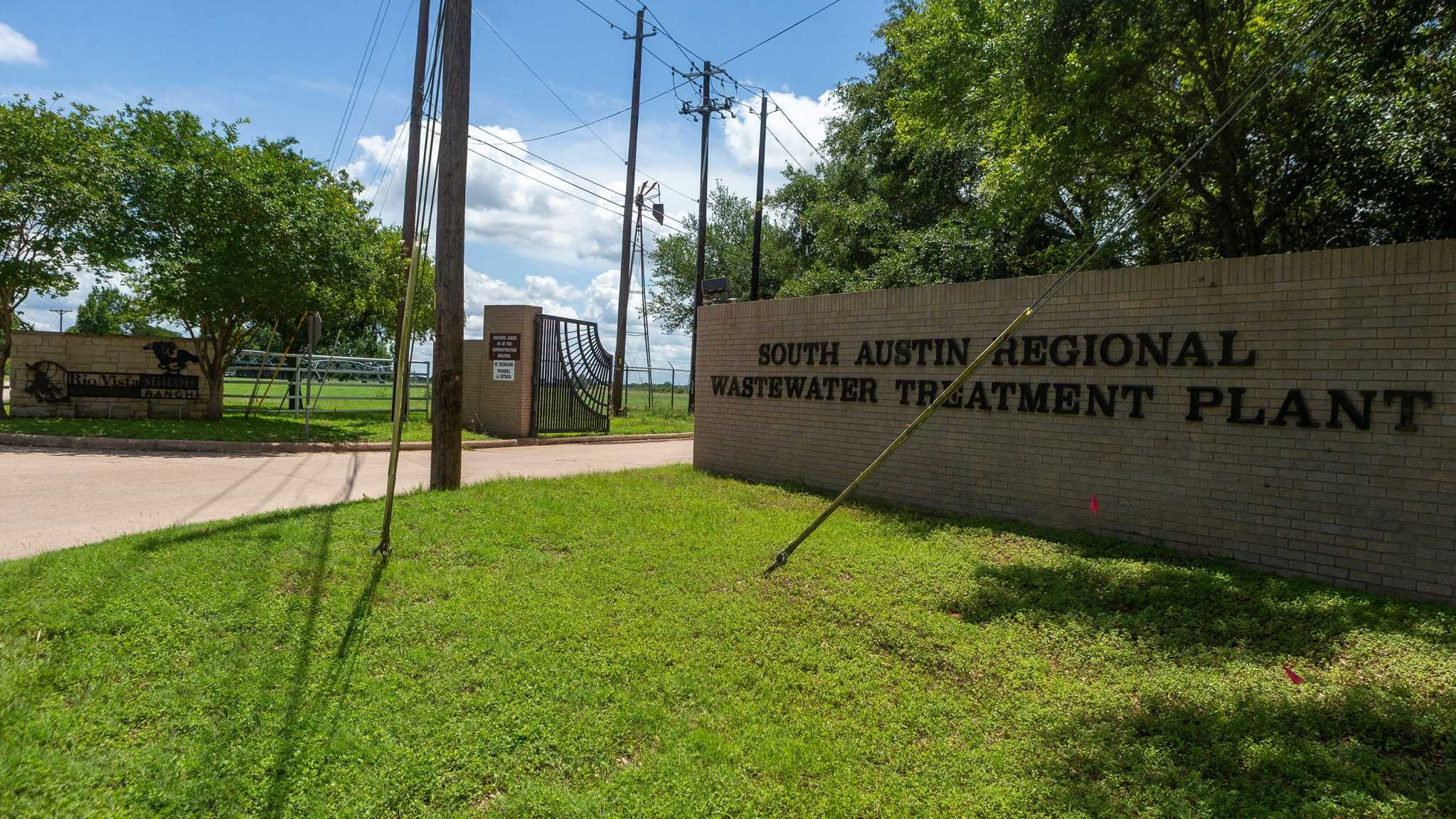news
Austin Urges FEMA to Restore Flood Protection Grant After Central Texas Floods
Austin officials are calling on FEMA to reinstate $50 million in flood resilience funding pulled by the Trump administration earlier this year.
Published July 30, 2025 at 10:00am

Austin city leaders are urging the Federal Emergency Management Agency to reinstate $50 million in funding for flood protection upgrades to critical city utility infrastructure — money that was pulled earlier this year.
In 2022, FEMA appropriated $50 million for part of the Fallwell Lane Capital Renewal Project, which aims to bolster flood resilience at a water treatment plant and a power plant in Del Valle, both of which border the flood-prone Colorado River. But the Trump administration canceled the FEMA program that provided the funds. Without those funds, the back half of the project — meant to protect $1.4 billion of infrastructure and prevent sewage overflow and power outages — has been stuck in financial limbo.
On July 11, in the wake of this month’s devastating Central Texas flash floods, city officials sent a letter to Department of Homeland Security Secretary Kristi Noem and FEMA Acting Administrator David Richardson urging them to reinstate the grant. The federal government has since backtracked, saying that the funds were never officially canceled.
“Vulnerable communities – especially those in flood-prone areas – deserve protection before disaster strikes,” the city’s letter reads. “We must invest in the infrastructure and mitigation projects that reduce harm, save lives, and prevent future crises from escalating into catastrophes.”
The message was drafted by Council Member Zohaib “Zo” Qadri, who encouraged his fellow council members to sign on. Five did before it was mutually decided that a revised letter should be sent from Mayor Kirk Watson’s office instead.
Flood prevention grant canceled
The Fallwell Lane Capital Renewal Project aims to protect two major facilities in Southeast Austin, the South Austin Regional Wastewater Treatment Plant and the Austin Energy Sand Hill Energy Center, which together represent nearly $1.4 billion in infrastructure.
The project is being completed in two phases. The first phase, which had a contract authorized at last Thursday’s City Council meeting, focuses on reinforcing the roads leading to the plants to prevent flood damage. The second phase, which depended on the FEMA grant, would have funded the construction of levees.
The levees would be built surrounding the plants and connecting roads. The now-defunded levees were supposed to keep the plants and access roads operational during floods, preventing damage that could lead to sewage overflows and power outages during major storms.
The mayor’s letter lists instances where FEMA reinstated canceled grants after advocates showed how important the funded projects were for their communities.
A FEMA program called Building Resilient Infrastructure and Communities, which the Trump administration axed in April, provided the funds. In a press release that is no longer available on FEMA’s website, the administration called the program “wasteful,” "ineffective" and politically driven.
BRIC was also funding a Washington tsunami evacuation tower, but the funding was later reinstated after “sustained outreach” by officials and the community, which the city’s letter lists as an example. Austin officials are hoping to meet the same criteria.
“BRIC is not only essential for Austin’s already-budgeted projects – it’s a lifeline for rural communities like Kerr County, where some of the most tragic loss of life occurred this month,” the letter says.
The city had already received almost $2.5 million from the grant by the time it was canceled, according to FEMA’s records. That money, along with a similar amount coming from other sources, is currently being used to pay for the levee design, a process that will take three years.
FEMA backtracks
Twenty states filed suit against the Trump administration in an effort to reinstate the BRIC grants on July 16. The BRIC program was created through an act of Congress that Trump signed in 2018. The program officially launched during the final year of Trump’s first term. The program's funding was expanded during the Biden administration.
In response to a request by the states for a nationwide injunction to stop FEMA from spending down BRIC funds while litigation is underway, FEMA said last Friday that it never officially terminated the BRIC program. FEMA says the program remains active and that no BRIC funds have been reallocated or spent on unrelated purposes.
The agency also emphasized that any final decisions about the future of the program must be approved by top Homeland Security officials and have not yet been made. FEMA acknowledged in the filing that it removed a 2024 funding opportunity for BRIC from its website but insisted that funds remain available and that no grants have been canceled.
Republicans continue to defend cuts to FEMA. Earlier this month, Noem said that the administration was “streamlining” FEMA during a visit to flood-ravaged Central Texas. And Gov. Greg Abbott, who serves on the President’s FEMA Review Council, emphasized the need for FEMA to be “right-sized” in a press conference two weeks ago.
Alternative funding
Austin has applied for a different FEMA grant given to the state for Hurricane Beryl, according to the office of Mayor Pro Tem Vanessa Furtens, whose district includes the project site. That application, for a hazard mitigation grant, is currently under review.
Hazard mitigation grants become available statewide whenever a presidential disaster declaration is issued for any part of the state, according to the Environmental Protection Agency.
The project is now left with three opportunities for funding, all contingent on federal action: the reinstatement of the BRIC grant specifically to Austin, the reinstatement of the entire BRIC program, or a different $50 million FEMA grant being approved.
FEMA did not respond to a request for comment.

